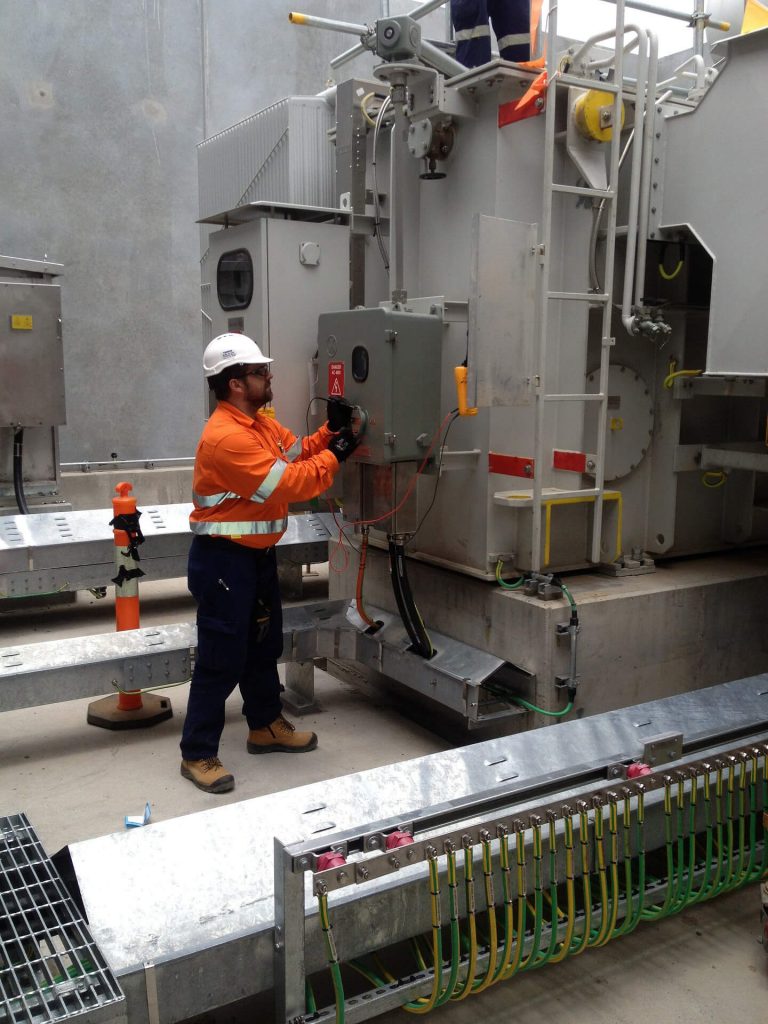Arc Flash Safety and Security Risks – Eight Tips to Help You Avoid Them
Arc flash injuries can result in serious burns, loss of sight, concussions, even death in some instances. An arc flash occurs when a flashover of electric current leaves its intended path and travels through the air from one conductor to another or to ground. The electrical explosion caused by the event can reach temperatures as high as 10,000° F and can register sound levels as high as 160 decibels. Roughly the equivalent of standing 100 feet from a jet taking off.
To keep you and your employees safe from arc flash incidents, here are eight tips to help you avoid them:
- Keep Maintenance Levels High – OSHA regulations call for electrical pull and junction boxes as well as fittings to have covers, faceplates or canopies to prevent dust or other airborne powders or particles from entering and building up which could create an unwanted path for electricity to travel.
- Stay Vigilante about Keeping Electrical Infrastructure Dry – Water and moisture entering electrical equipment leads to corrosion. Also, make sure energized electrical boxes are free of holes to prevent mice, rats and snakes from entering.
- Protect the Perimeter – Implement barriers such as locked electrical vaults and high fences around dangerous locations.
- Lockout/Tagout – Institute an effective lockout/tagout program that includes all necessary training and equipment. New National Fire Protection Association (NFPA) 70E Standard requires arc flash warning labels to include, at a minimum, the arc flash incident energy or required level of PPE.
- De-Energize – Only schedule jobs when power sources can be de-energized, grounded and tested. According to NFPA 70E, if you work on live equipment operating at 50 volts or more, then you must perform an arc flash hazard assessment. Even if you always deenergize equipment before working on it, an arc flash hazard assessment should be performed to determine the type of PPE to use when verifying that power is off. All equipment operating at 50 volts or more must remain in an electrically safe work condition, meaning that the equipment is verified to be de-energized., locked out, tagged out.
- Wear Proper Personal Protective Equipment (PPE) – Make sure employees are wearing proper protective clothing that is arc rated to prevent electrical fires and shock. That includes insulated gloves, fire-resistant shirts and pants, and a face shield when working on energized electrical equipment.
- Make sure all electrical diagrams are current.
- Make sure workers use insulated tools.
We at Security Specialists Want You and Your Employees to Stay Safe and Secure When Working With High-Voltage Electricity!











